The Dual Impact of Conservancies in Kenya: Wildlife Conservation and Local Livelihoods
In kenya, conservancies are redefining what it means to protect nature. Gone are the days when conservation meant fencing off wildlife from people. Today, Kenya’s community conservancies like Naboisho, Ol Pejeta, Lewa, and Borana are proving that wildlife conservation and human development can go hand in hand.
These conservancies don’t just protect endangered species, they empower communities generate income and restore ecosystems. Here’s how these initiatives are creating a lasting impact on both wildlife and local livelihoods.
Saving Wildlife, One Conservancy at a Time
Conservancies act as safe havens for wildlife many of which are endangered due to habitat loss climate change and poaching. but what sets these protected areas apart is that they’re built on community-owned land making the locals key stakeholders in conservation success.
Key Wildlife Conservation Impacts:
1. Growing Wildlife Populations
- Lions elephants black rhinos cheetahs and Grevy’s zebras now thrive in areas that were once overgrazed or unsafe.
- In Naboisho Conservancy, lion numbers have surged due to minimal human-wildlife conflict.
- Lewa and Borana have seen black rhino numbers rise dramatically, helping Kenya become a leader in rhino conservation.
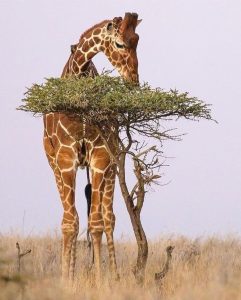
2. Cutting-Edge Anti-Poaching Measures
- Ol Pejeta uses drones, infrared cameras, trained tracker dogs, and ranger patrols to protect rhinos and elephants.
- Community support has made it easier to report illegal activities, creating a culture of protection instead of exploitation.
3. Restored Migration Corridors
- Conservancies have secured critical wildlife corridors that allow elephants and other species to migrate freely between ecosystems.
- This prevents inbreeding and strengthens genetic diversity—key for species survival.
4. Support for Conservation Science
- These areas are research hubs for global conservationists.
- They provide important data on animal behavior, habitat recovery, and human-wildlife coexistence models.
Empowering Local Livelihoods
What makes conservancies truly revolutionary is their positive impact on the communities that live alongside wildlife. For decades, local people bore the cost of conservation (through crop destruction or cattle loss) but received few benefits. That’s now changing.
Key Benefits for Local People:
1. Income Through Land Leases
- In Naboisho Conservancy, over 500 Maasai landowners receive monthly lease payments for dedicating their land to conservation.
- This provides a reliable income without losing ownership of their ancestral land.
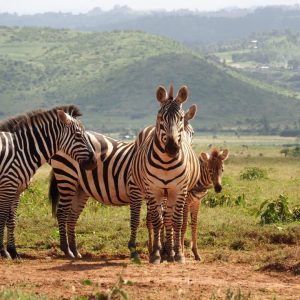
2. Job Creation
- Conservancies employ thousands of locals as rangers, lodge staff, chefs, guides, security, and logistics teams.
- In Borana, 80% of the conservancy’s workforce is made up of people from nearby villages.
3. Education and Scholarships
- Many conservancies invest in schools, scholarships, and teacher support.
- For example, Lewa supports education for over 6,000 children annually.
4. Improved Healthcare
- Health centers and mobile clinics funded by conservancies provide maternal care, HIV support, and general health services.
- In Ol Pejeta, part of every tourist dollar helps fund community health and emergency services.
5. Women and Youth Empowerment
- Community conservancies run training for women’s groups, youth employment programs, and sustainable farming initiatives.
- By including all genders and age groups, these programs help break the cycle of poverty.
Real Voices, Real Change
“Before the conservancy, I was just a herder. Now, I’m a certified safari guide. I help tourists track lions—and send my children to school with that money.”
— Daniel, Maasai guide at Naboisho Conservancy
“The clinic near our village was built with money from the conservancy. Now we don’t have to walk 15 kilometers for medicine.”
— Miriam, mother of three near Ol Pejeta
These stories reflect a broader truth: conservation works best when people are part of it.
A Global Model for Sustainable Development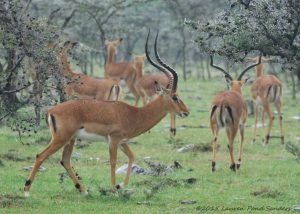
Kenya’s conservancy model is now studied and copied around the world from tanzania to namibia and even south America. The lesson is clear:
✅ Protect nature, and people thrive.
✅ Support people, and nature flourishes.
It’s a circle of sustainability that offers hope in a time of climate change, biodiversity loss, and economic inequality.
Travel with Purpose
If you’re thinking about your next safari or eco-tourism experience, choose to visit a conservancy. You won’t just see animals, you’ll be part of a story where your visit helps build schools, protect rhinos, and empower rural families.
At TSM Tours, we offer guided packages to naboisho, Ol Pejeta, lewa, and Borana, combining unforgettable adventures with a mission to support conservation and communities.
Explore. Support. Protect.
Book your conservancy safari with TSM Tours today.

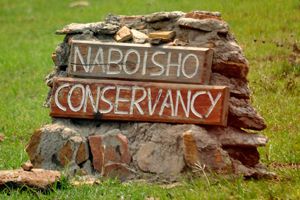
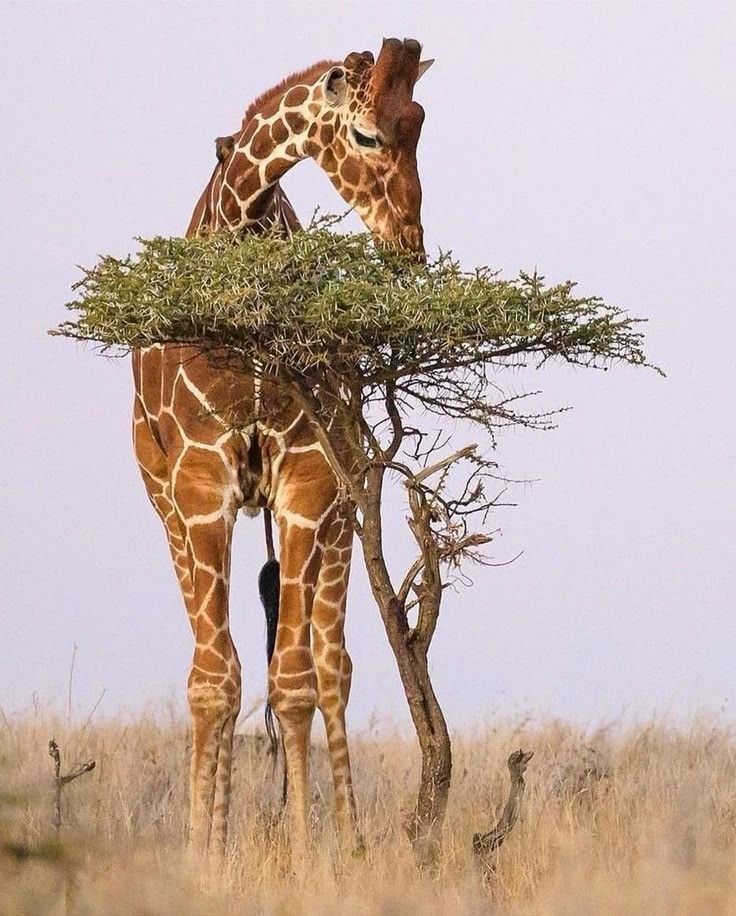
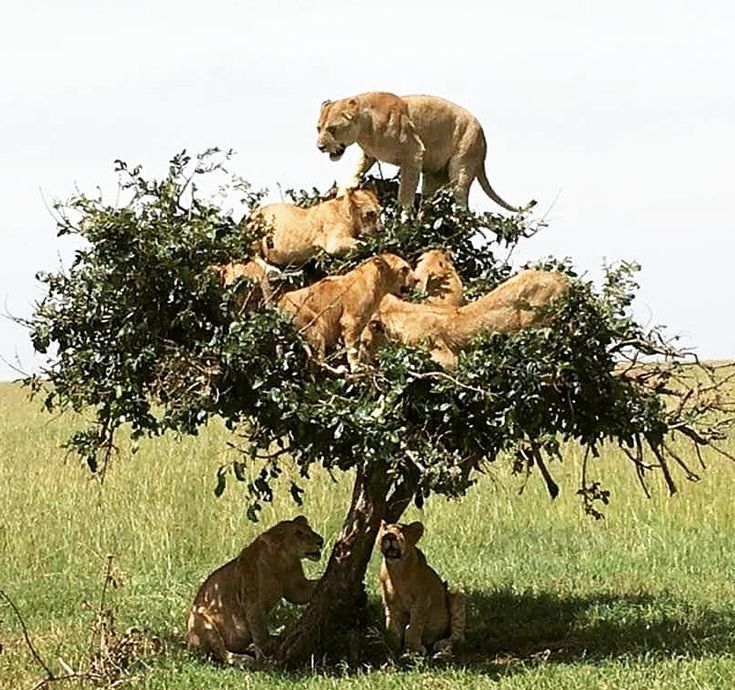
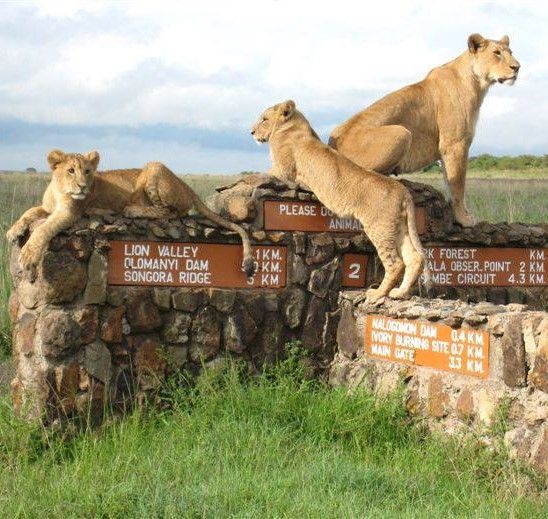
One Comment